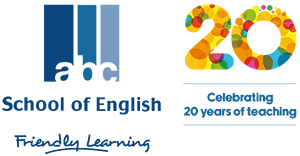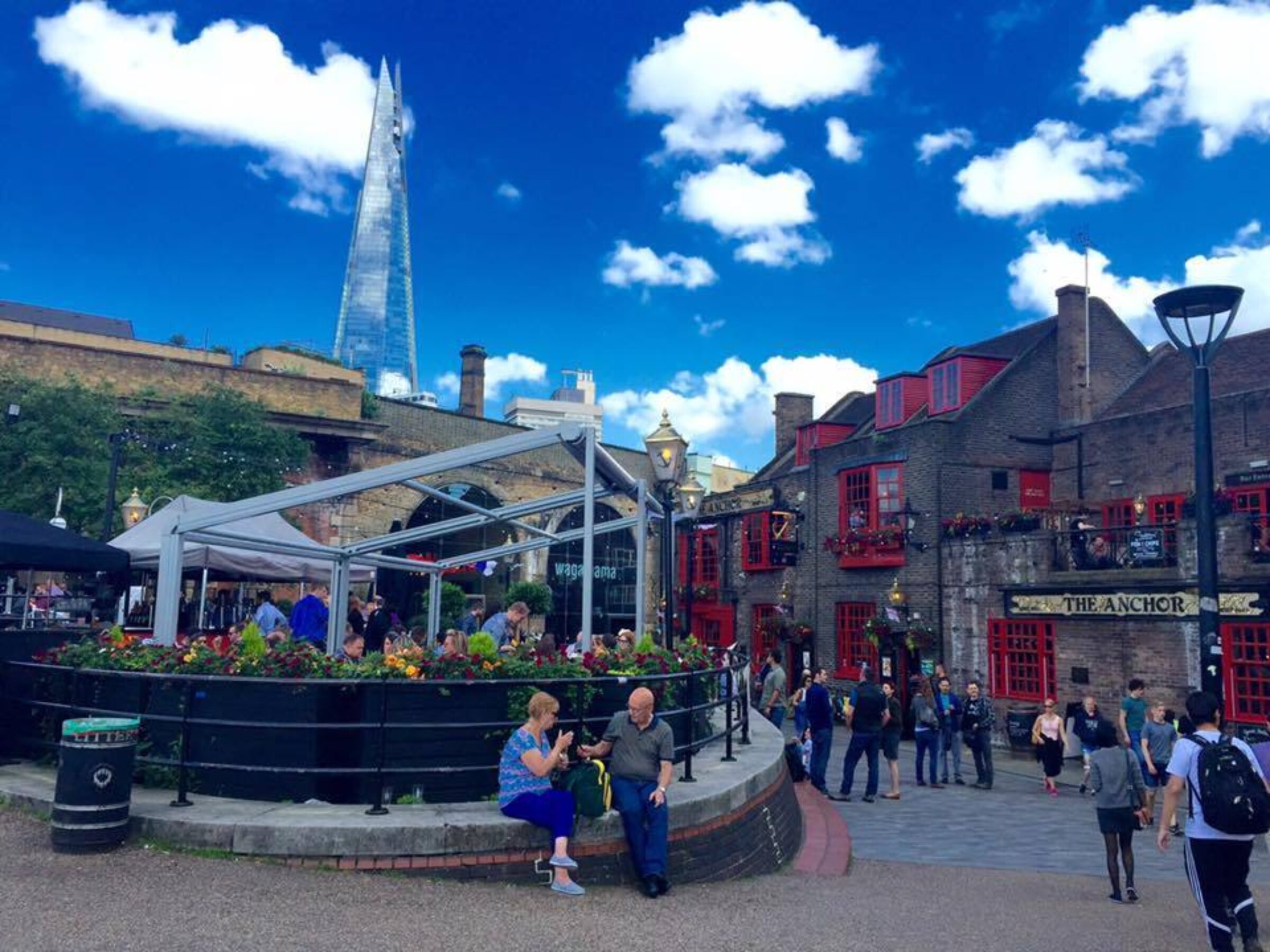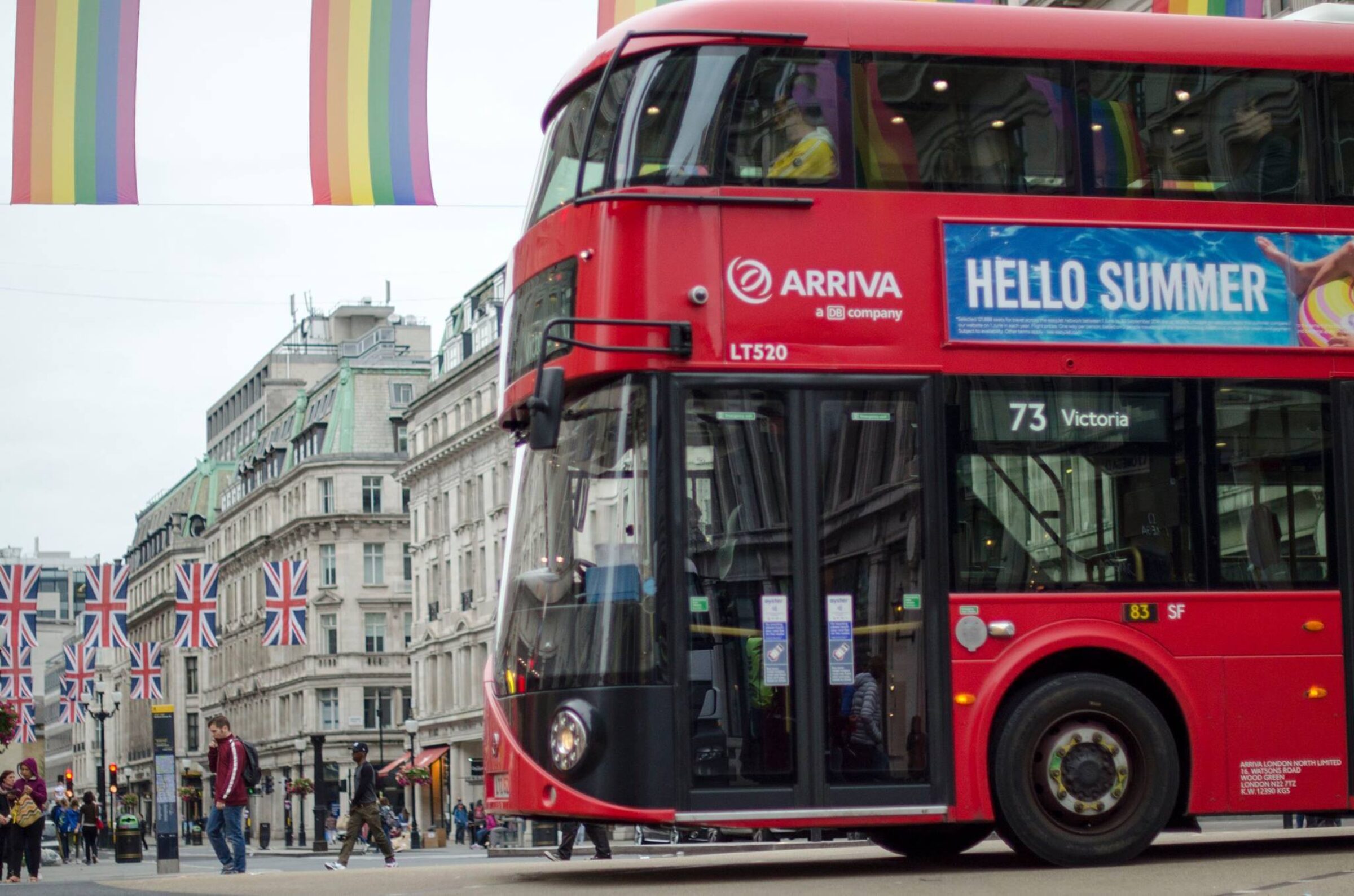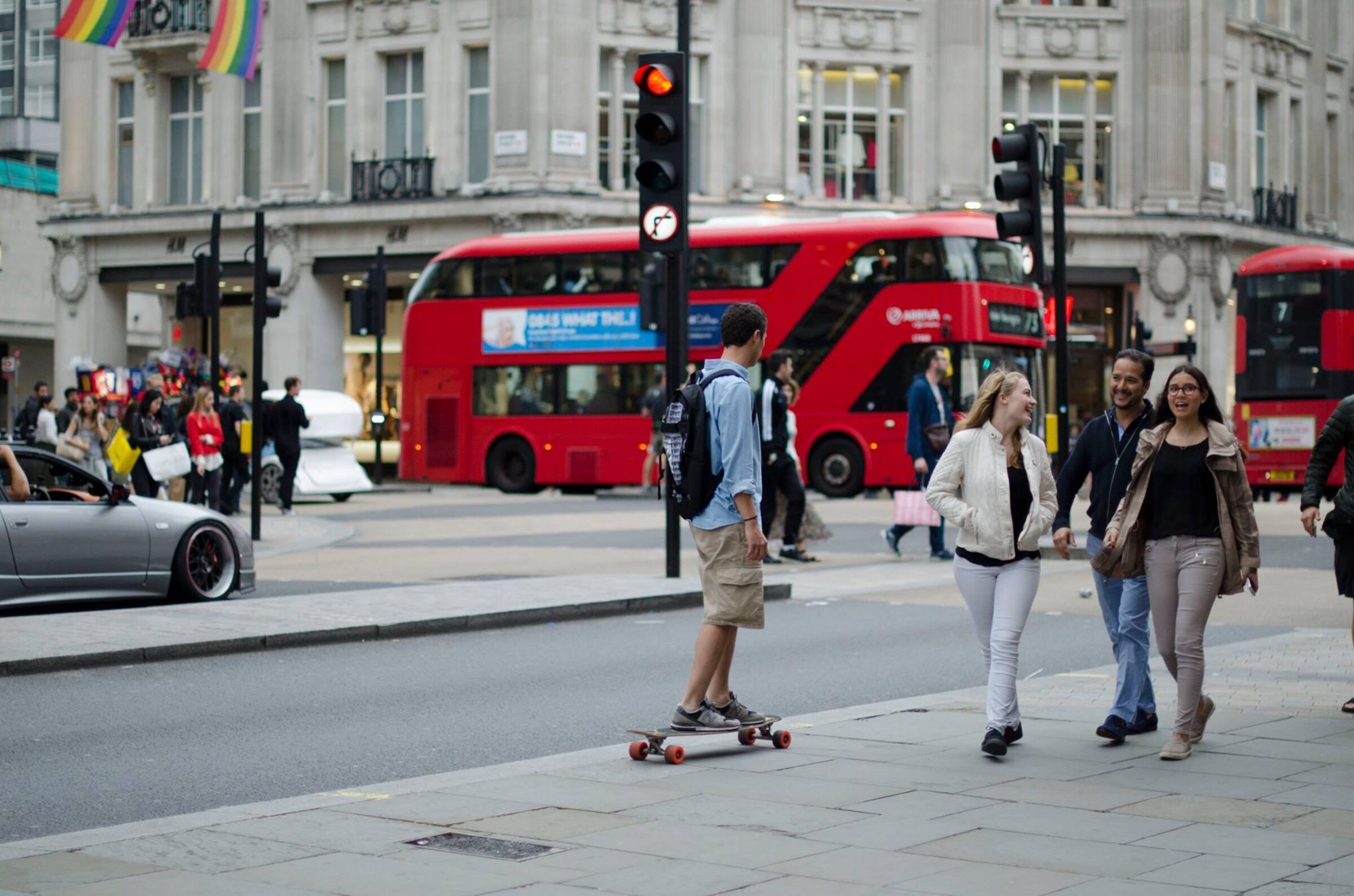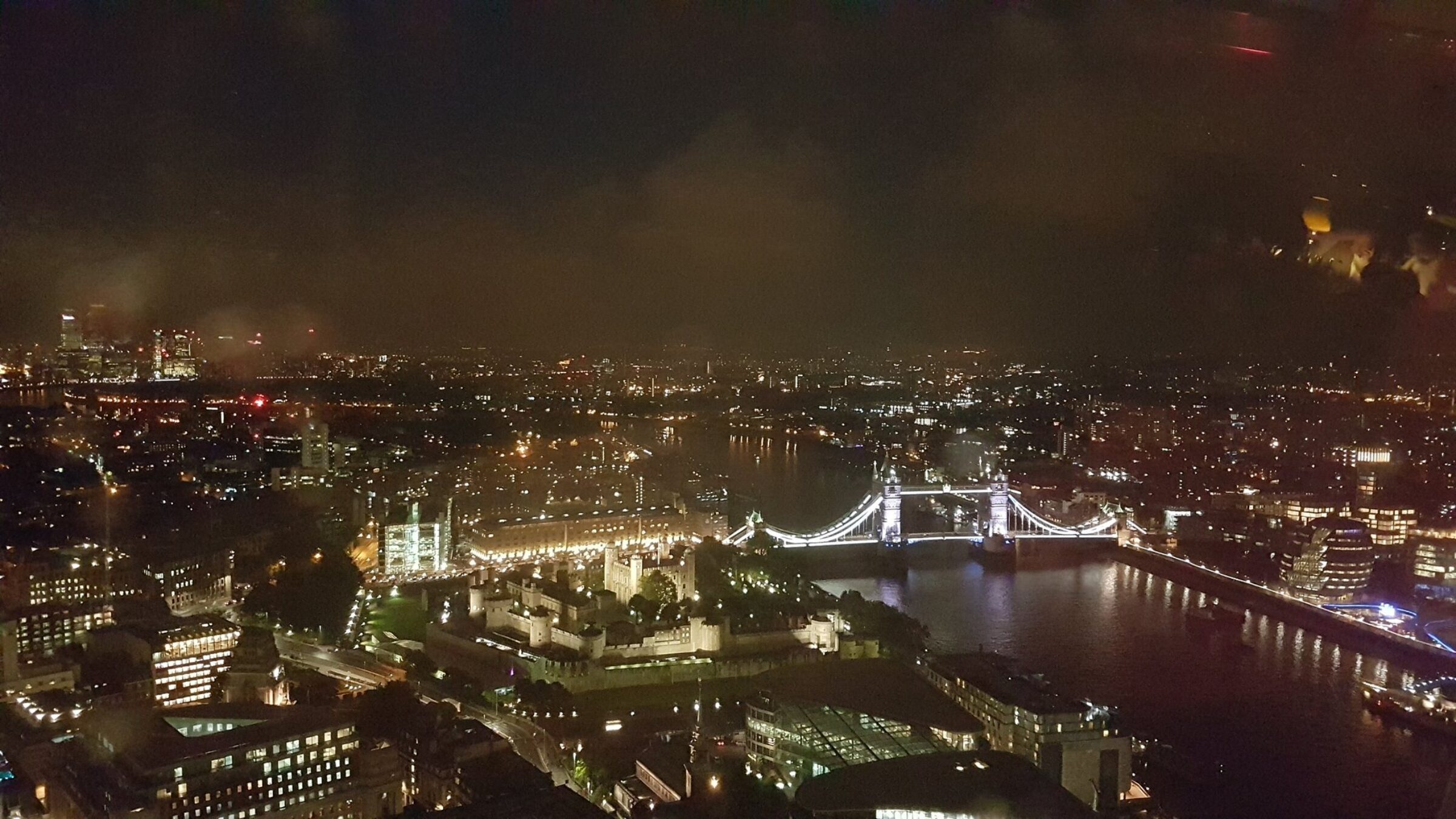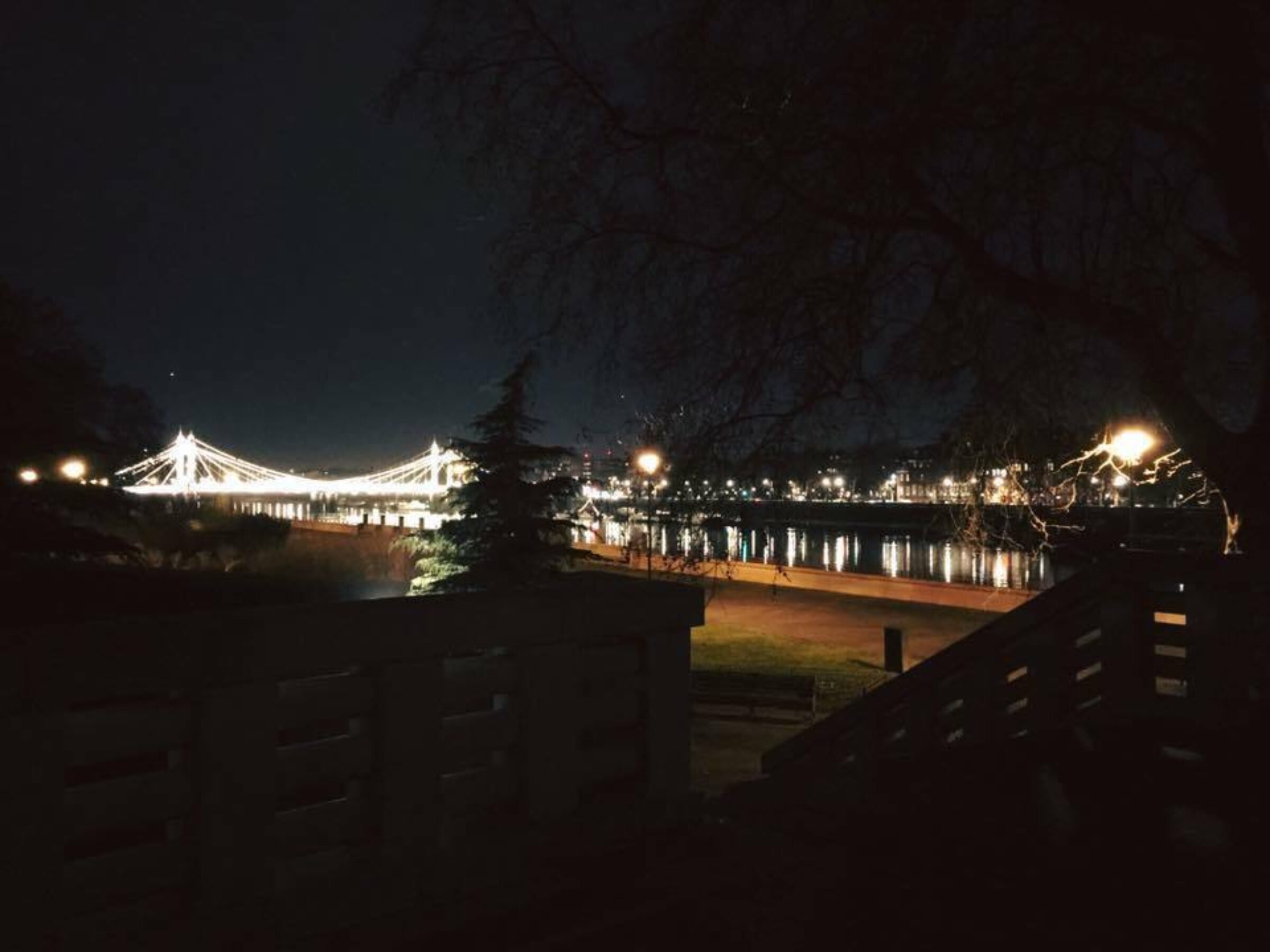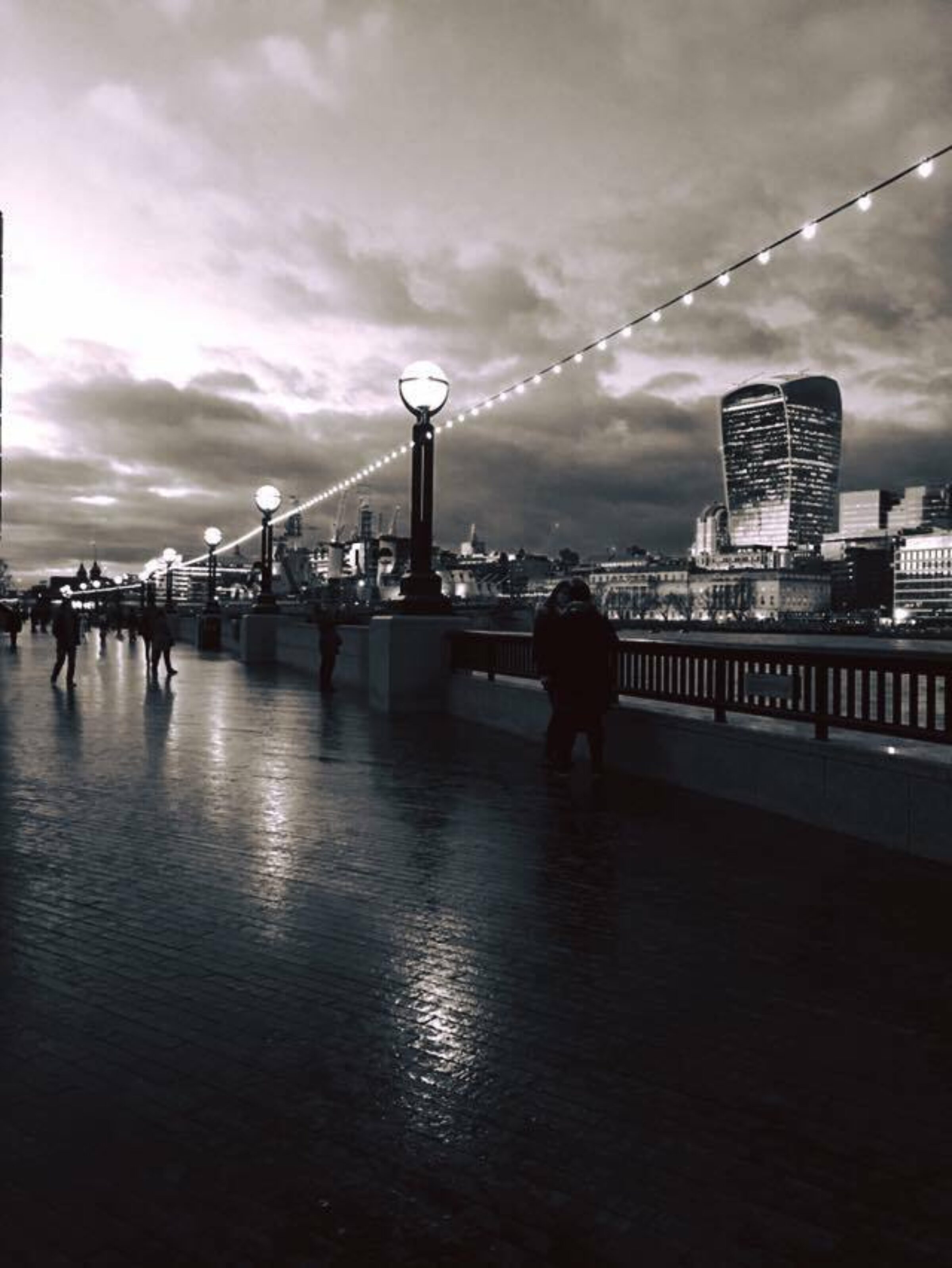Christmas traditions and their origins

Christmas cards
"A Merry Christmas and a Happy New Year to You" was the verse that was shown on the first commercially available Christmas card in 1843. The very first Christmas cards were created as a way of encouraging people to use post office services, then known as the Public Records Office, and were created by Sir Henry Cole and an artist named John Horsley who both helped to set up the Public Records Office. The first designs were very expensive and each card cost a shilling in old money (almost £5.75 today) and a stamp cost a penny (about 40p today) which meant that the service was not open to everybody. However, the introduction of steam-powered printing devices allowed printing on an industrial scale which meant that printing prices dropped and the era of mass communication was introduced. By 1860’s, more and more people were able to send Christmas cards using the Public Records Office and by 1900 the whole of Europe had adopted the custom of sending Christmas cards.
Turkeys
People in Britain traditionally eat a roast turkey, roasted potatoes and other vegetables on Christmas Day and more than 10 million turkeys are eaten at Christmas time every year in this country. But why do we eat turkeys and not another type of meat?
Turkeys were introduced in Britain more than 500 years ago by a Yorkshire man called William Strickland, who had acquired some of the birds from American Indian traders whilst travelling around America. Before these big birds became widespread across Britain, people tended to eat geese or boars’ heads in the south of England at Christmas time and roast beef was the traditional choice for Christmas Day in northern England. The turkey appeared on Christmas tables in the 16th century and it has been claimed that Henry VIII was the first person in Britain to eat turkey for his Christmas dinner. In 1615 a popular book called ‘The English Housewife’ mentioned turkey as a meat of choice for English households and it is recorded that in the 1680’s companies were giving out turkeys as Christmas gifts to office workers. Later, Charles Dickens made turkey even more popular in ‘A Christmas Carol’ published in 1843, when his main character, Scrooge, sent a turkey on Christmas Day to Bob Cratchit to replace his goose. However, despite its growing popularity, the turkey was still very expensive and a person in 1930’s would have to work for a whole week to be able to afford one! It wasn’t until after World War II that turkey became more popular than other meats at Christmas time and the reason for this was partly due to the introduction of having a fridge in the home.
Christmas Trees
It is common for a British person to put up a fir tree in their home and decorate it with twinkly lights and colourful baubles during the Christmas season. But where did this tradition come from?
This tradition actually stems from Germany, where Prince Albert was born, and was introduced into England when King George III was the ruler in the late 1700’s. He had a German wife, called Charlotte, who reportedly used to decorate a tree for the family every year. However, the popularity of this tradition was widespread by Queen Victoria and her husband Albert in 1800’s when Victoria was on the throne. They both loved Christmas very much and the British people followed the Christmas tree trend. At first, it was popular to put up a small tree on a table at home until large for trees became available. The reason for trees are traditionally used is because they are evergreen, which means that they are still bright and green with many leaves during the entire year even during the winter. Norway has donated a Christmas tree to London ever since 1947 to say thank you for helping them during World War II. The tree is put up in Trafalgar Square and is decorated in the traditional Norwegian way.
As you can see, there are many traditions associated with Christmas in Britain and perhaps you have similar ones in your own country. Take this opportunity, during the festive season, to tell your English speaking friends about Christmas traditions and customs where you come from. Whatever you decide to do for Christmas, I wish you a very merry festive season.
